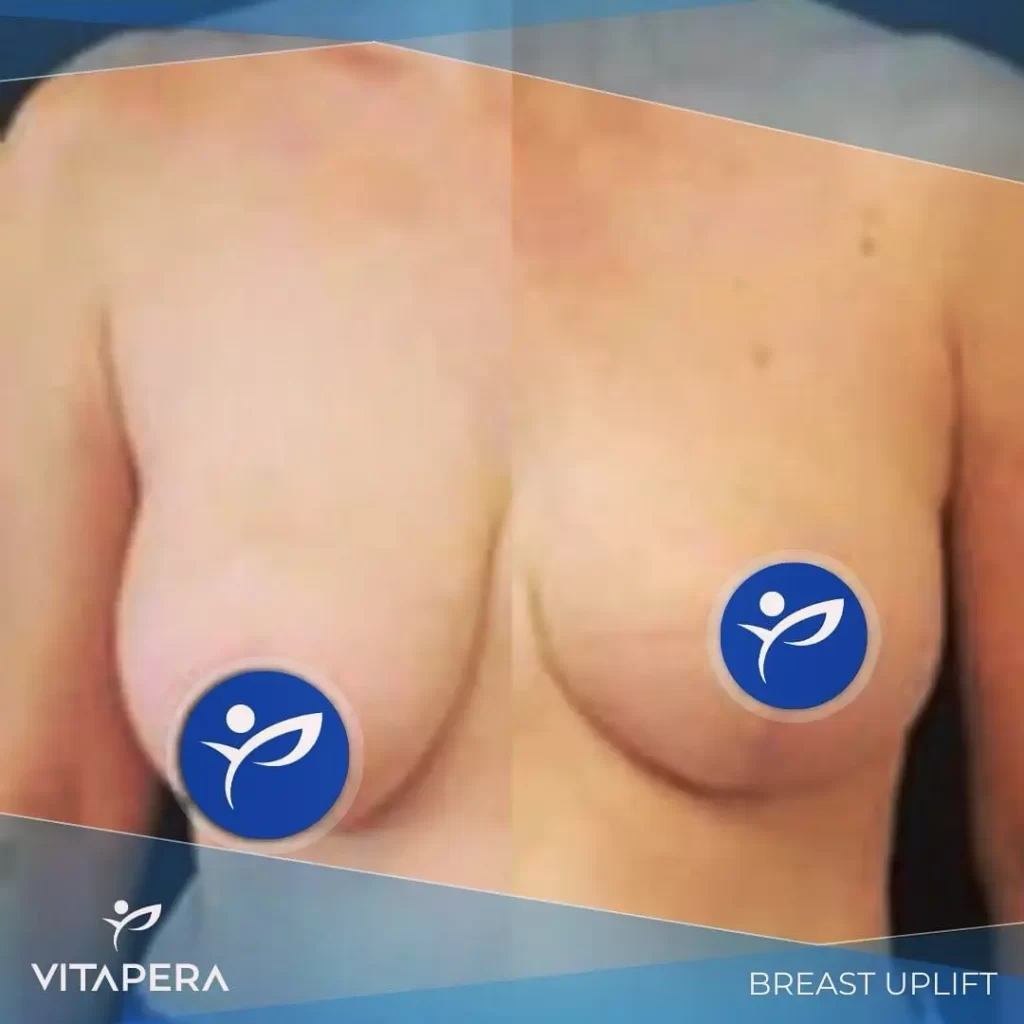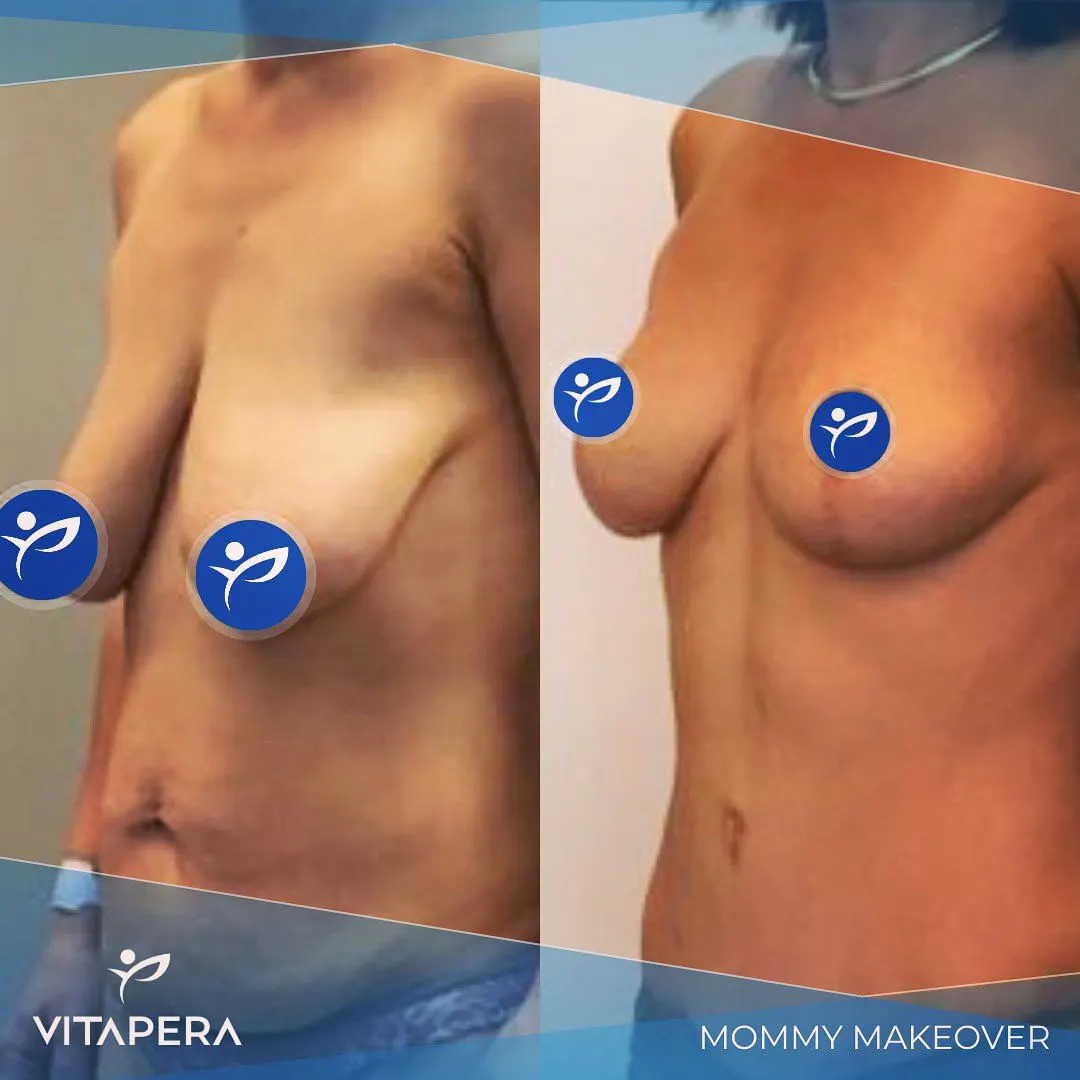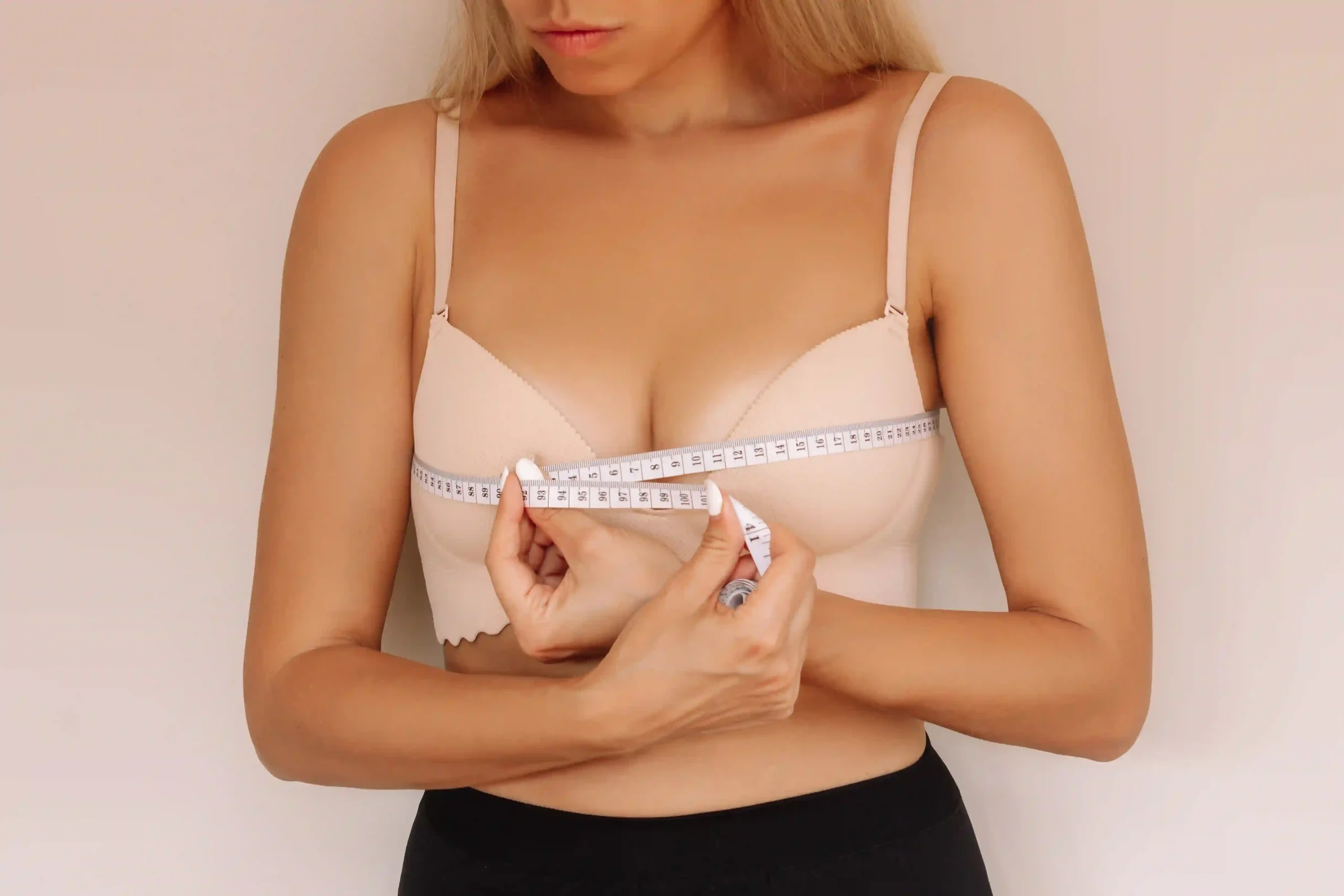The decision to embark on the transforming journey of a breast lift is an empowering one, but understanding the complete healing process is critical to having a smooth and confident experience. In this article, we’ll walk you through the complexities of breast lift reshape and recovery, presenting you with a thorough schedule to help you understand each stage. Read on!
What to Know About Breast Lift Recovery
Breast lift recovery is an important stage that occurs after the transformational surgery of raising and reshaping the breasts. Patients can expect some soreness, swelling, and probable bruising in the days following surgery since these are all natural elements of the healing process. To improve comfort, it is critical to follow the surgeon’s advice for pain management and the usage of supportive bras.

Breast Lift Recovery Expectations
The most crucial part of the breast lift recovery process is strictly adhering to your doctor’s postoperative directives. Maintaining your overall health during this period will not only expedite your healing but also maximize the results of the surgery. It is important to have healthy and realistic expectations. You should follow your doctor’s guidance and consult directly with them in case of any unexpected situations. Here is an overview of the breast lift before and after to give you an idea:

Breast Lift Recovery Expectations
The most crucial part of the breast lift recovery process is strictly adhering to your doctor’s postoperative directives. Maintaining your overall health during this period will not only expedite your healing but also maximize the results of the surgery. It is important to have healthy and realistic expectations. You should follow your doctor’s guidance and consult directly with them in case of any unexpected situations. Here is an overview of the breast lift before and after to give you an idea:
Breast Lift Recovery Timeline Explained
The breast lift recovery timeline can be outlined in a general sequence, although it may vary based on several factors. Your healing and post-operative signs will exhibit variations within specific periods. Here’s a brief guide outlining what you might expect during different intervals of the recovery process following a breast lift:
- Week 1 Post-Breast Lift Surgery: The first week after breast lift surgery is a vital period during which patients may feel pain, edema, and soreness. During this time, it is critical to follow the surgeon’s postoperative instructions.
Patients are encouraged to relax, limit their physical activity, and manage their pain as prescribed. Swelling and bruising are to be expected, and a supportive bra is frequently advised for increased comfort. Follow-up consultations may be made regularly to assess progress and resolve any problems.
- Weeks 2 and 3 of Breast Lift Recovery: Patients often notice a reduction in edema and an increase in overall comfort during weeks 2 and 3. Individuals can progressively resume mild daily activities but some residual bruises may persist.
Follow-up sessions are still necessary since they let the surgeon check the healing progress and advise on the gradual reintroduction of more rigorous activities. It is critical to provide attentive care, follow surgical instructions, and quickly report any unexpected symptoms.
- One Month After Breast Lift Surgery: Many people see considerable changes in both look and comfort within one month. The breasts begin to settle into their new position as the swelling subsides. Most people may resume their habits, including modest exercise, but it’s critical to avoid intense activities until they’ve been approved by the surgeon.
Regular follow-up sessions will continue to be planned to evaluate long-term development and to address any questions or concerns that may emerge during this critical part of the breast lift recovery process.
Breast Lift Recovery Do’s and Don’ts During Recovery
Navigating the breast lift recovery process entails a series of do’s and don’ts to maximize healing and obtain the best potential outcomes.
On the positive side, it is critical to attentively follow your surgeon’s postoperative recommendations. Investing in and using supportive bras as directed gives the necessary support during this delicate phase.
Adequate rest and attendance at regular follow-up appointments are both critical components of a successful recovery. Adopting a healthy lifestyle, which includes eating balanced food and not smoking, improves general well-being and assists in the healing process.
Certain precautions must, however, be followed during breast lift recovery. Avoiding hard activity, especially in the first few weeks after surgery, is critical for avoiding problems and promoting good recovery.
Skipping follow-up visits should be avoided because these sessions are critical for tracking progress and resolving any emergent issues. Pain treatment should not be overlooked, and any odd symptoms should be reported to the surgeon as soon as possible for assessment.
What do scars from Breast Lift look like?
Breast lift scars depend on the specific procedure that a surgeon employs and each patient’s healing pattern. Common types of scars include:
Anchor or Inverted-T Scar:
- It follows the circumference of the areola, from the vertical direction up to the breast crease, and horizontally along the breast crease.
- Most often used for major lifting and sculpting.
Lollipop or Vertical Scar:
- Runs around the areola and goes downwards to the inframammary fold.
- Used for moderate lifting.
Peri-Areolar or Donut Scar:
- Circles the areola.
- Good for minor lifting and recontouring.
Crescent Scar:
- A semi lunar notching also know as the half moon sign is seen in the upper half of the areola.
- Used for minimal lifting.
At first they are red or pink and a little raised from the skin. Usually, they change to a lighter shade of the original color and become less raised with time. The results of the treatment are usually visible within a few months to a year for the final outcome of scars.
When should I call a healthcare provider after Mastopexy?
You should contact your healthcare provider if you experience any of the following:You should contact your healthcare provider if you experience any of the following:
- Signs of Infection: Some of the symptoms include; redness, inflammation, heat around the area or more discharge from the incision area.
- Severe Pain: It is pain which has not been relieved by the drugs which have been given to the patient or pain which is gradually increasing.
- Fever: One that is above 100 degrees. 4°F (38°C), which can be considered a temperature of the body in case of an infection.
- Unusual Symptoms: Any new or changing symptoms including a rash, bruising easily, or lumps and hard areas in the breast.
- Breathing Difficulties: Cough, difficulty in breathing or chest pain which might be suggestive of a severe side effect.
- Changes in Breast Appearance: Any major differences in the size, the shape or the symmetry of the breasts.
- Seroma or Hematoma: Some of the observable signs include; Swelling which may be prominent on one side of the body often due to accumulation of fluid (seroma) or blood (hematoma).
It is advisable to be in constant communication with your doctor after the procedure to attend to any issues that may arise to enhance recovery.

When can I go back to work and other activities?
After a breast lift surgery, it is advisable to avoid work and other strenuous activities as the doctor may recommend. Depending upon the type of surgery, and the nature of your job and activity level, you may need to take two to three weeks off work to recover from a breast lift. Here are general guidelines:
Returning to Work
Desk Jobs: for those who are engaged in desk a desk bound job, meaning no rigorous activity, then most times the recovery period is 1-2 weeks.
Physically Demanding Jobs: Then there are occupations where employees are likely to engage in lifting something, exercise vigorously or move around for a longer time, and such cases may take about 3 or 4 weeks or more to recover. It is essential that the patient consult their surgeon for individual guidance.
Resuming Activities
Light Activities: Lifting very light objects becomes possible, and you can begin some forms of light activity like gentle walking within several days from the surgery. This assists in the prevention of peripheral vascular disease as well as blood clots.
Driving: Mostly, you can start driving a week after the procedure so long you are not on prescription pain medication, and you feel comfortable with the motion and control of driving.
Exercise
Light Exercise: Light exercise such as walking is allowed a week after surgery.
Cardio: Depending on the intensity of the light cardio activities, they can be resumed after 2-3 weeks, but should avoid any heavy movements.
Upper Body Workouts: Do not perform movements that exert pressure on the chest muscles for at least 4 to 6 weeks.
Full Exercise Routine: It usually takes about a month and a half, or maybe even up to 2 months for the majority of patients, to go back to the full exercise including weight lifting and any activities that put a lot of pressure on the stomach muscles.
Specific Considerations
Lifting: Do not carry anything that weighs more than 10 pounds for the initial days up to a week.
Swimming/Bathing: Do not shower or bathe your breasts or let them come in contact with water until your doctor allows it usually after four to six weeks after the surgery.
Sexual Activity: Ideally, abstinence from sexual activity should be considered for 2 weeks after the stitches; then one should be careful not to put too much pressure on the chest area.
Follow-Up
Patients should always adhere to the directions given by your surgeon, as they will create a plan based on your particular recovery process. Follow up visits are critical in order to observe the progress of healing and to advise the patient on when they can safely embark on their activities.
Any issues that are regarded as symptoms or complications including severe pain or signs of infection, a significant change in the appearance of the breast should be reported to the doctor.
FAQ
How long will it take to see final results?
The initial results are obvious right after surgery, although swelling and bruising may disguise them. Swelling often diminishes within a few months, with full results visible approximately 6 months to a year after surgery.
Will I be able to feel my nipples after a breast lift?
Some patients have transitory alterations in nipple sensation, such as tingling, numbness, or strange sensations, as the tissues repair. Most patients restore normal sensation within a few months, however lasting abnormalities in sensation are possible and infrequent.
When can I drive after a breast lift?
You can normally begin driving once you have stopped using prescription pain medication, can comfortably wear a seatbelt, and can move your shoulders and neck without reluctance.
When can I pick up my kids?
It is recommended to avoid lifting or straining, including picking up children, for roughly 2 to 3 weeks to allow incisions to heal correctly.
When can I wear a regular bra?
It is advised to wear a supportive, supple sports bra for the first six to eight weeks following surgery. Following this time, you can transition to a standard bra.











